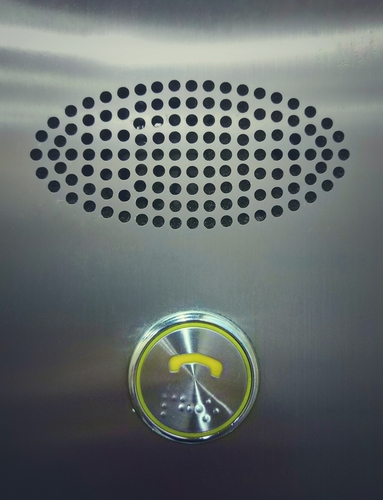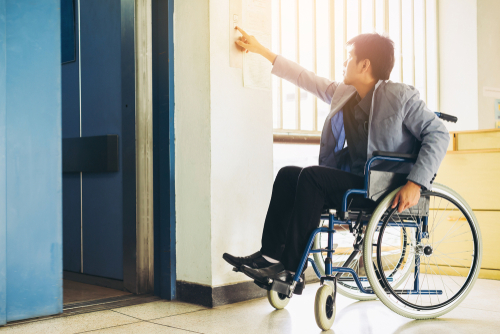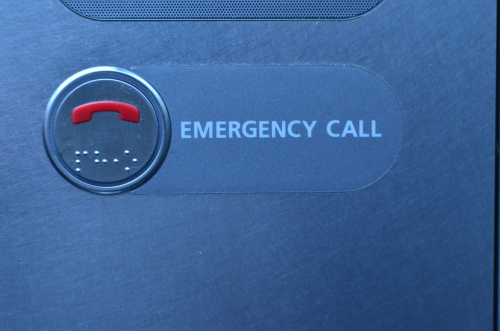As a property manager or business owner, we are sure that you are aware of the law requiring you to set up elevator emergency phones.
Other than elevator emergency phones, if your commercial property has a pool (apartment complexes, hotels, resorts), some laws require the installation of emergency pool phones.
On top of this, many property managers and owners install additional emergency phones throughout their properties. Some of these areas include parking garages, stairwells, gyms, sidewalks, and corridors.

The presence of these emergency phones in elevators and other areas adds another layer of safety and security to the property.
It also reduces liability, which can be extremely beneficial.
Property Management Industry
If you are in the property management business, you probably have emergency phones throughout your premises (depending on how big your property is.)
You may think that as long as you have it, you are adhering to the laws. What most property managers don’t realize is simply having elevator emergency phones and emergency phones throughout the property is not enough.
While emergency phones do serve an essential purpose to enhance your security efforts, merely having them present is not enough. Regularly testing elevator emergency phones is just as crucial.
By testing the phones regularly, you can be sure that they are still compliant with the codes, and that they are functioning effectively. Even though the life of a property manager is a busy one, you simply can’t put this responsibility at the bottom of your to-do list.
Fortunately, checking if emergency phones are working correctly is a fast and straightforward process. In today’s post, we’ll share with you how to do correctly check it.
NFPA Guidelines for Elevator Emergency Phones
The National Fire Protection Association enforces that all elevator emergency phones and other elevator emergency communications be in proper working order. Below are the steps you should follow in making sure that you have a code-compliant elevator emergency phone in your building.
• Turn off at least two elevator emergency phones in your building at the same time. This step helps determine if the phones can hold two lines and have two-way conversations with emergency response operators – without any delay or interruption.
If only one call goes through (or none at all), if one call gets disconnected when another one is made, if the phones can’t dial out, if the parties on the other line can’t hear you, or if different similar scenarios happened, then the testing failed.
• Check with the emergency phone operators if they can recognize your elevator cab number and location. If they can’t, the testing has failed at this stage.
• Find the emergency responder phone. This phone is usually located in the fire control room, on the main egress floor, or at the guard station. Use the emergency responder to make a call and verify the on-site party’s ability to call the elevator emergency phone line – without any delay or interruption.
If the emergency elevator phones can’t be called back directly, and then the testing has failed at this stage.
If you followed all three points above and you didn’t encounter any issue whatsoever, then you’re assured that your emergency phone lines are in proper working order. Any emergencies should be handled properly, and your emergency phones are up to code.
Line Sharing
Every elevator doesn’t require a separate phone line to follow the codes. Line sharing is an efficient and cost-effective alternative. If installed properly, the phones can share a party line so that every elevator cab can communicate with the central monitoring and security station.
When all elevator phones are activated, they should be able to send a signal that identifies their cab number. This way, an operator can quickly locate the phone line and call it back – should the connection get disconnected.
Other Important Codes

All establishments built or renovated after 1994 must follow the Americans with Disabilities Act Requirements.
Those who are hearing or speech impaired are not able to communicate their location to the operator. Thus, elevator emergency phones must have a caller ID or an automated voice location message, so the operator knows where the call is coming from.
On top of these guidelines, elevators must follow the state, American Society of Mechanical Engineers (ASME), and International Building Code (IBC) guidelines.
